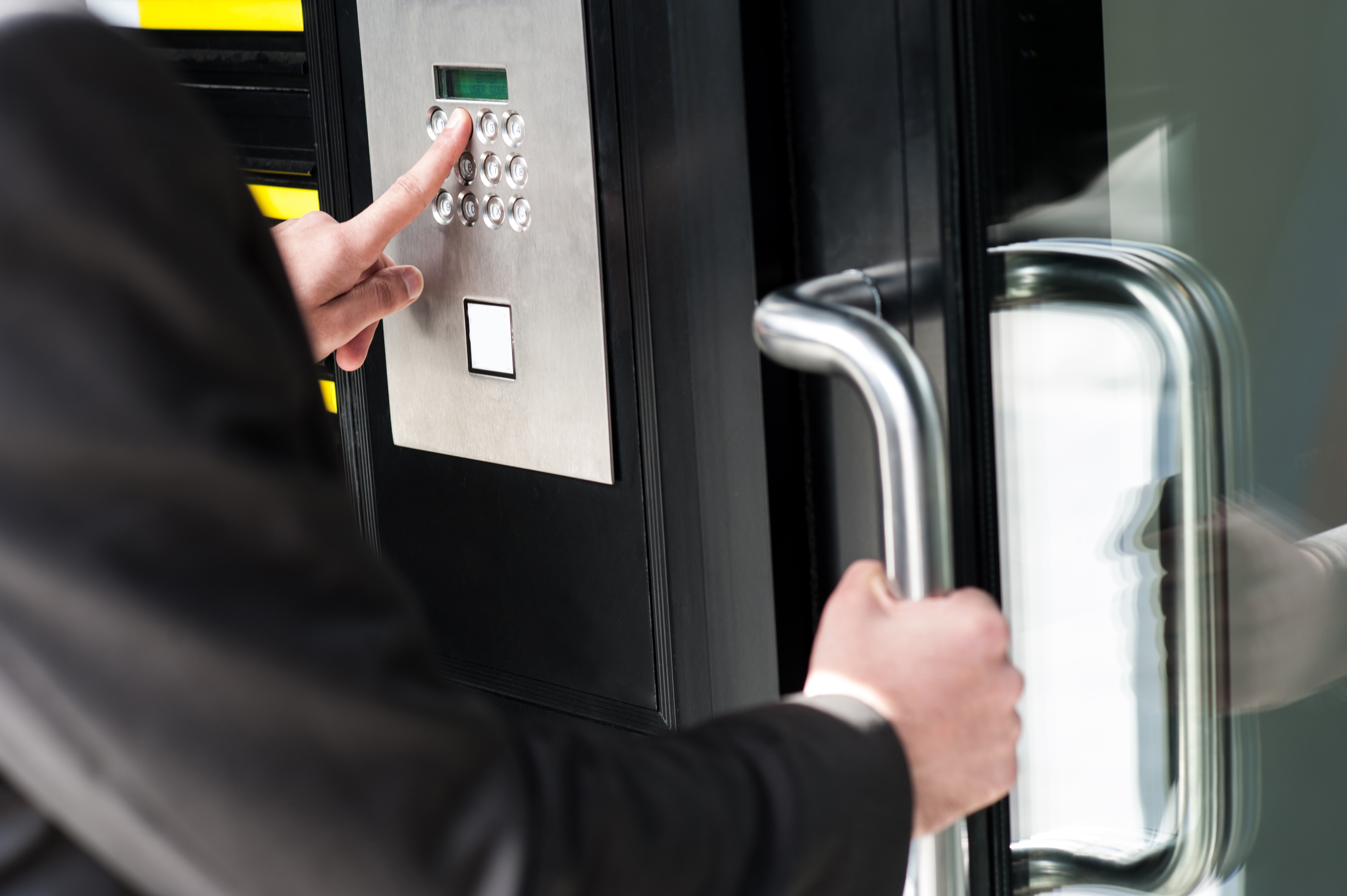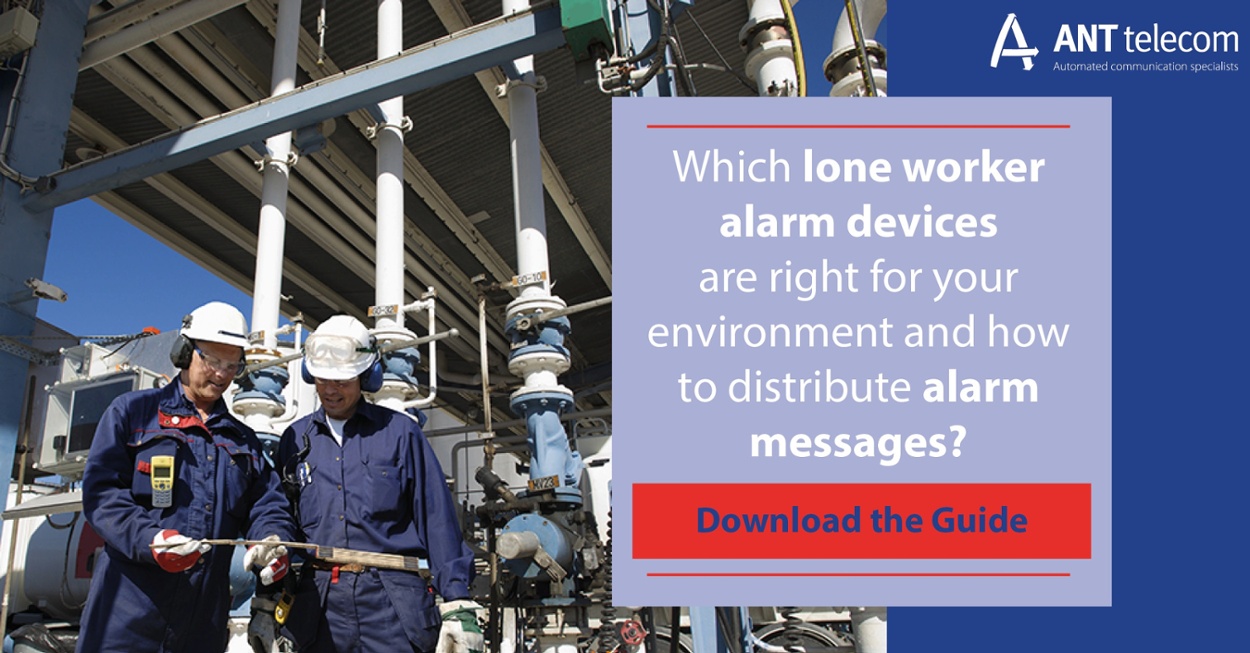
Alarm systems are a crucial component for reliable safety management. All employees have the right to feel safe in the workplace. Therefore, implementing systems that ensure emergencies can be responded to quickly and efficiently is paramount to both the morale and peace of mind of all workers. Furthermore, ensuring that the appropriate measures are on hand in the event of an emergency can prevent catastrophic consequences. Alarm handling is a key aspect of health and safety, having systems in place without the means of operating and responding to them efficiently is essentially, futile. All health and safety managers should make alarm handling a focal point of their alarm response planning.
Relevant Training
The importance of training in the workplace is often overlooked. Many employees fail to take training seriously, and this can have serious after-effects. This means that managers have to identify effective ways to increase employee engagement and deliver thorough and meaningful content in all training sessions. In addition to this, training should be regularly updated to include content relevant to the role of each employee. Health and safety managers should perform regular audits to identify areas for improvement and keep training records to ensure each employee is competent in their role.
Emergency alarms rely on each employee knowing how to respond to them, or trigger them when necessary. In addition to this, regular drills should be performed to ensure all employees are familiar with the process that must be taken in the event of an emergency. Drills can include, fire drills, or other emergency response scenarios such as lone worker or first aid alarm calls. Drills are a good way to practice response times and make sure all employees are capable of responding correctly to emergency alarms.
Sometimes, managers will come up against employees that refuse to engage in training. This can be very frustrating as a manager, and also incredibly dangerous if an emergency occurs and these employees are unfamiliar with the process they need to follow. Fortunately, you can download this free guide for more advice on how to handle employees that are resistant to safety training.
Risk Assessments
Assessing the risks in your workplace is the best way to pre-plan for any potential emergencies that may occur. Each workplace will have different challenges to overcome when it comes to minimising risks as much as possible. For this reason, managers should never plan health and safety processes based on risk assessments performed by similar businesses, or those in other industries. Risk assessments should be specific to your work environment, and should be undertaken regularly to identify any new areas for concern.
Lone Worker Risk Assessments
Lone workers are at a higher risk in the workplace than other workers that work under supervision or alongside others. Managers should always be sure to assess the risks associated with lone working in their specific workplace, in addition to risk assessments for regular workers. Oftentimes, lone workers will be exposed to the same risks as regular workers as well as the risks associated with working alone. Assessing the risks for lone workers and regular workers separately will provide a more comprehensive foundation to implement policy and procedures. You can find further information about risk assessing lone workers for HSE audits here.
The Importance Of Responding To Emergency Alarms Quickly
The main reason to respond to emergencies as quickly as possible is to give any individuals involved the best chances of survival/recovery. Unfortunately, regardless of the amount of pre-planning, accidents can still occur. In the workplace, an accident to a lone worker can be exacerbated if the correct measures are not in place to ensure the emergency is dealt with as quickly and efficiently as possible. This means using alarm systems and making sure all workers are capable of operating them, and responding to them effectively.
Implementing The Correct Systems
The correct alarm system for your business will depend entirely on your business needs. If your company has lone workers, then lone worker safety devices that trigger emergency alerts, should be provided to all members of staff that work alone for any period of time. Other alarm systems should also be in place in the building for other purposes.. This can include fire alarms, alarms that detect dangerous gases, or critical alarm management systems that can alert specific teams the moment there is an issue with a critical piece of machinery.
Implementing the correct system will help you implement a more robust process for dealing with onsite emergencies and help protect your colleagues and business too.





